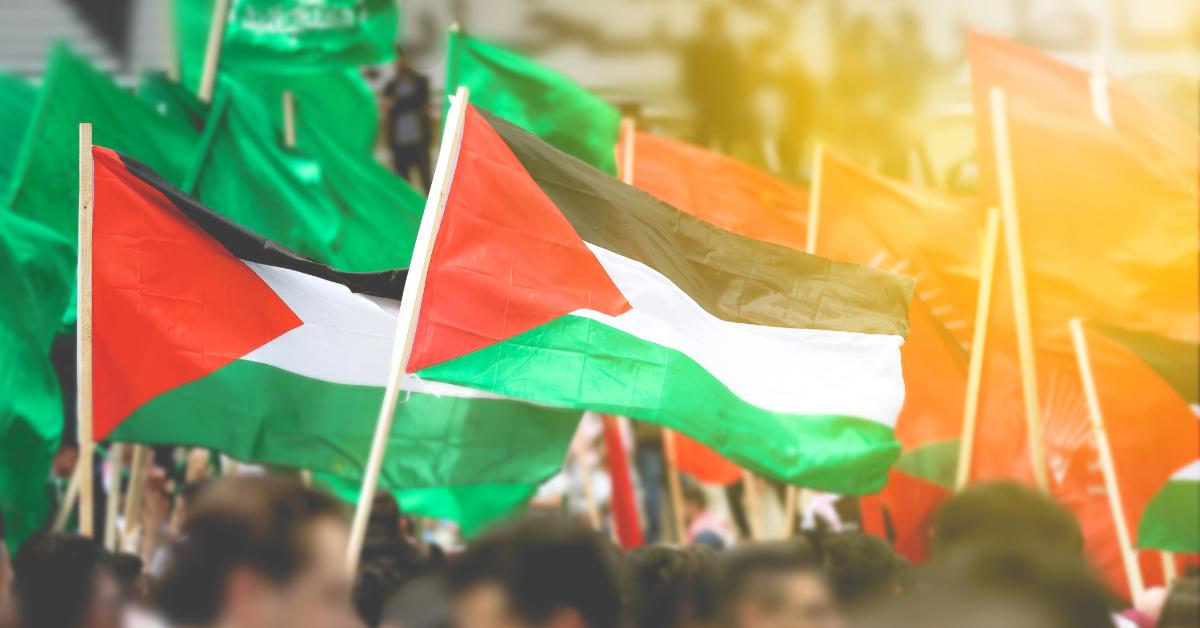
Anyone following the news knows that after a bruising congressional hearing on antisemitism on elite college campuses knows that Liz Magill, the president of the University of Pennsylvania, and Claudine Gay, president of Harvard, recently lost their jobs. while the president from the Massachusetts Institute of Technology is under fire. While the issue is being framed as these presidents permitting (and sometimes encouraging) antisemitism on campus, the real issue is much deeper than just animus against Jewish students and firing a few presidents will not change the atmosphere.
Ever since Hamas guerrillas attacked an outdoor music festival and a nearby Israeli kibbutz, gunning down unarmed people, committing gang rapes, and taking hostages back to Gaza, college campuses have been roiled with protests and counterprotests between Palestine and pro-Israel groups. The deadly Israeli retaliation has resulted in thousands of dead and vast destruction of property, igniting more protests.
Pro-Palestine groups on United States college campuses, and especially at the “elite” places like Harvard and Columbia, demonstrated aggressively, often making Jewish students their protest targets and bringing about accusations of rampant antisemitism on campus. Regardless of where one’s sympathies lie, the brutality of the original attack was nothing for anyone to celebrate, except for the pro-Palestine groups on college campuses, who did so loudly and with language that often was shocking. For example, Cornell University professor Russell Rickford declared that the brutality of the attack to him was “exhilarating,” and Rickford
went on to say that Palestinians who witnessed oppression were “able to breathe for the first time in years” in the hours after the attack. “It was exhilarating. It was exhilarating, it was energizing. And if they weren’t exhilarated by this challenge to the monopoly of violence, the shifting of the violence of power, then they would not be human. I was exhilarated,” he is heard saying as the crowd chanted “from the river to the sea, Palestine will be free.”
Those remarks led to calls for his firing, and he took a leave of absence. As the fighting and hostage taking continue in the Middle East, this issue will not disappear from elite college campuses and the evolution of campus politics over the past few decades will ensure that the problems will get only worse.
The infamous Duke Lacrosse Case in 2006 featured the term “Intersectionality,” which referred to how issues tied to Identity Politics “intersect” with each other. For example, when the three well-to-do white lacrosse players were accused—albeit falsely—with raping a poor, black stripper, members of the Duke University faculty declared “an intersection” of race, gender, and class issues, with the lacrosse players being oppressors, racists, rapists, and “privileged.”
The accuser was poor, black, and female—the “oppressed” classes—automatically conferring guilt upon the accused young men and after the criminal charges went public, racial, feminist, and class (read that, Marxist) groups joined in with faculty members, as local activists, the National Association for the Advancement of Colored People and other black groups, and leftist publications like Counterpunch, declared that there could be no question about guilt and the truth of the accusations. The accuser was poor, black, and female; therefore, she spoke the truth.
Duke faculty member Karla Holloway went even further, declaring that since guilt was a “social construct,” the doctrines of Intersectionality must prevail, writing: “White innocence means black guilt. Men’s innocence means women’s guilt.” In other words, it didn’t matter if the accused actually did what was alleged. Truth depends upon who is saying what and, more importantly, where the speaker is placed in the litany of oppression and oppressor. The lacrosse players were guilty because of who they were.
Imposing classifications requires a ranking order. Campus politics dictate that membership in the lowest-ranked group—the most oppressed—have the most status, inviting competition for that position. For example, a black female scores better on the oppression score than a white female, but if a white female is a “sexual assault survivor,” then her ranking improves.
But what happens when people from one oppressed group are accused of oppressing others? In practice, Intersectionality can be unwieldy and disorderly. For example, when Lia Thomas, a male who was “transitioning” to being a female, joined the University of Pennsylvania women’s swimming team, university officials warned the athletes that anyone speaking out against Thomas would face serious consequences. Said Olympic swimmer and attorney Nancy Hogshead-Makar:
Whenever the swimmers have expressed any discomfort or any second thoughts or want to talk about it with leaders at Penn or with their coaches, they are shut down right away. There’s no room for them to say anything. They have been told that if they speak out, they will never get a job again, that corporate America will Google their name and say, “Transphobe, we don’t want that.” They’ve been told that they can’t do anything.
As a white male student athlete, William Thomas was part of the least favored category of Penn students. However, as the transgender Lia, he vaulted numerous categories to become so oppressed that any challenge to Thomas’s record-breaking career as a female swimmer was seen as academically, professionally, and socially disqualifying for life.
In other words, at Penn free speech for students is a relative thing. Female swimmers who formerly were in a group deemed favorable by university authorities suddenly became the Symbol of Bigotry by the same people who previously held them in deference.
Likewise, we see the same thing at Penn (and many other elite college campuses) when it comes to student support of the Palestinian cause. Because Jewish students have been high achievers historically and were firmly established on elite campuses—despite the prevalence of Jewish quotas that lasted well through the 1960s—the push at many universities to admit more students of Palestinian origin was bound to create conflicts, given the anti-Israel and anti-Jewish animus in Middle Eastern and Muslim-dominated countries, with Jewish students bearing the brunt of the verbal attacks or worse.
As the push for diversity has grown on campus, so have the avenues for conflict. Diversity hires on the faculty ensures the hiring of people who not only are hostile toward their own employer, but also hold hostility toward their students. As K.C. Johnson wrote during the lacrosse crisis:
It would be comforting to dismiss the Duke faculty’s reaction to the now-dismissed lacrosse case as an anomaly. Unfortunately, it seems a logical, if unintended, consequence of policies followed throughout the academy. The last 25 years have witnessed the ascendance of a quasi-religious worship of “diversity” in higher education. The movement began with calls for adding new academic programs to study underrepresented groups, as well as implementing new policies, such as speech codes, designed to purge from incoming students’ minds the supposedly racist and sexist attitudes of American society. In recent years, however, diversity advocates have expanded their agenda into recommendations for across-the-board curricular and hiring changes. In this respect, the diversity agenda amounts to a plan to change not the color or gender of college professors but what and how all college faculty teach.
For more than a decade, Duke has aggressively implemented a diversity hiring policy, seeking to bring in more faculty members who will explore the issues of race, class, and gender that diversity advocates deem central to intellectual life. This strategy, however, has had the unforeseen effect of widening the gap between professors and the students they teach.
Duke’s aggressive hiring to fill faculty and administrative diversity quotas has been replicated all through higher education, and especially on the elite level. The recent clashes on elite campuses after the Hamas October 7 raid were inevitable. Within the past generation, at least on campus, Israel—and Jews in general by association—have morphed from a state of the Holocaust-inspired category of victims to being outright white supremacists as faculties, administrations, and student bodies become increasingly radicalized.
If that seems over the top, blame the supercharged cult of categories of victimization that have created the perverse situation of people actively competing to be “victimized,” which then requires that these “victims” find their “victimizers,” preferably people who already have a campus presence. As we have seen, they turn the place into a near war zone. At the present time, Palestinians and their on-campus supporters are the victimization flavor of the month.
The federal government’s role in this abomination cannot be underestimated. Not only is campus Balkanization overseen and encouraged by the US Department of Education Office of Civil Rights, but federal taxes play a major role in funding the radicalization process.
Contra David French, what we observes on campus post–October 7 is not primarily a case of censorship versus free speech although both censorship and free speech have been part of campus wars. Instead, we are dealing with the inevitable result of actions taken by university faculties, administrations, and student groups and given near-religious stature. By tying the on-campus status and legitimacy of interest groups to levels of “victimization,” leaders of American higher education have permanently diminished their institutions and undermined real learning and inquiry.




